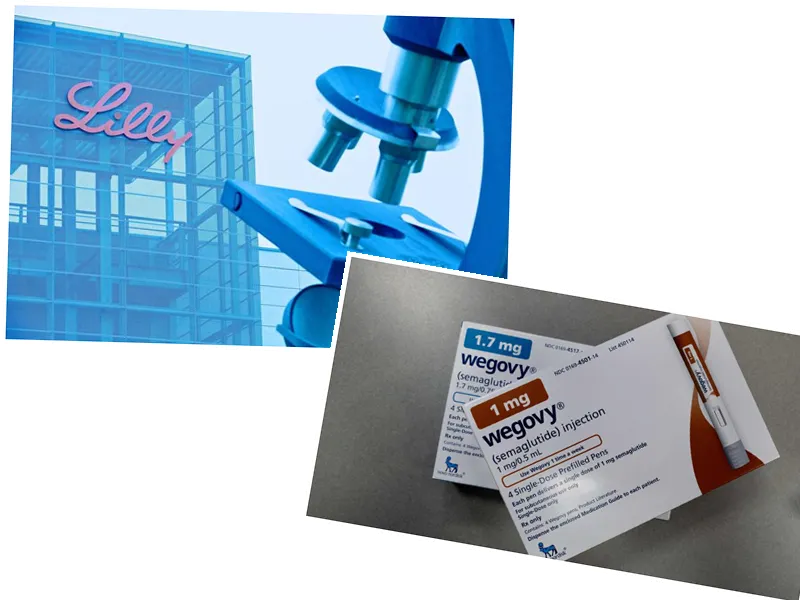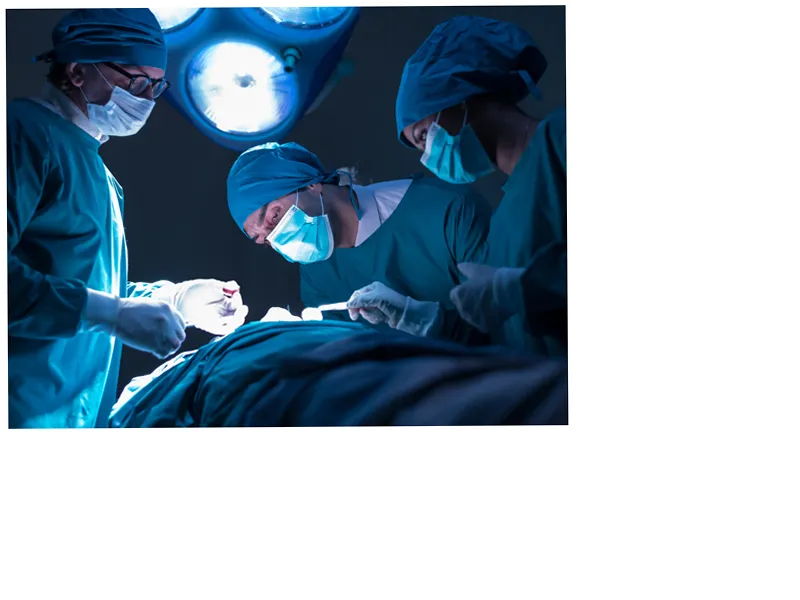The development of this capsule could significantly improve the quality of life for diabetic patients who currently rely on frequent insulin injections.
By eliminating the need for needles, this technology may also reduce the psychological barriers associated with needle phobia, making it easier for patients to adhere to their treatment regimens.
The research highlights the potential of biomimicry in medical technology, showcasing how natural processes can inspire innovative solutions to complex problems.
If successful in human trials, this technology could lead to widespread adoption of oral drug delivery systems, transforming the treatment landscape for diabetes and other metabolic disorders.
The ability to deliver RNA therapeutics orally may accelerate advancements in vaccine development and other therapeutic areas, particularly in response to emerging health challenges.
A team of scientists from the Massachusetts Institute of Technology (MIT) and Novo Nordisk has developed a groundbreaking swallowable drug capsule that could revolutionize the delivery of medications like insulin. This innovative technology, inspired by marine animals, allows for the direct release of drugs into the stomach wall or other parts of the digestive tract, overcoming the limitations of traditional oral drug delivery methods.
Published in the journal Nature on November 20, the capsule is designed to protect large drug molecules from degradation in the digestive system, enabling oral administration of substances that typically require injections, such as insulin and RNA-based therapies.
The capsule utilizes a mechanism inspired by cephalopods, which can eject ink through a siphon. Researchers have created two methods to mimic this process using compressed carbon dioxide or tightly coiled springs to push the drug out of the capsule once it reaches the stomach. The capsules are designed to be excreted after delivering their payload, minimizing any potential harm to the digestive tract.
This needle-free delivery system not only simplifies medication administration for patients but also addresses the disposal issues associated with traditional needles. The researchers are optimistic about the future applications of this technology, including its use in endoscopic procedures.





